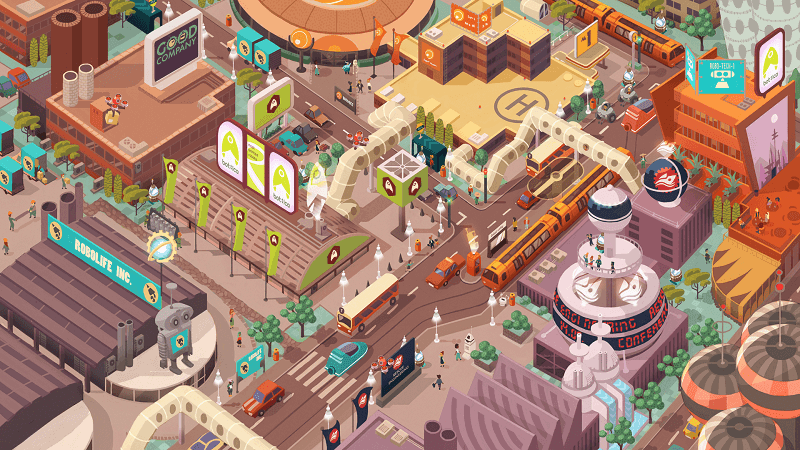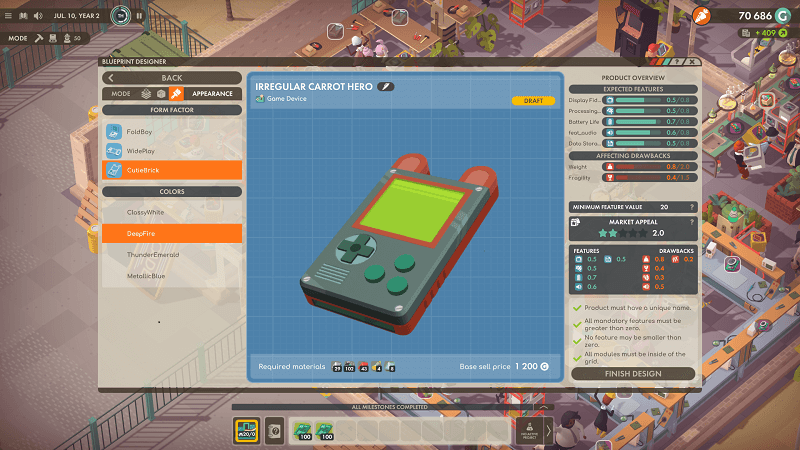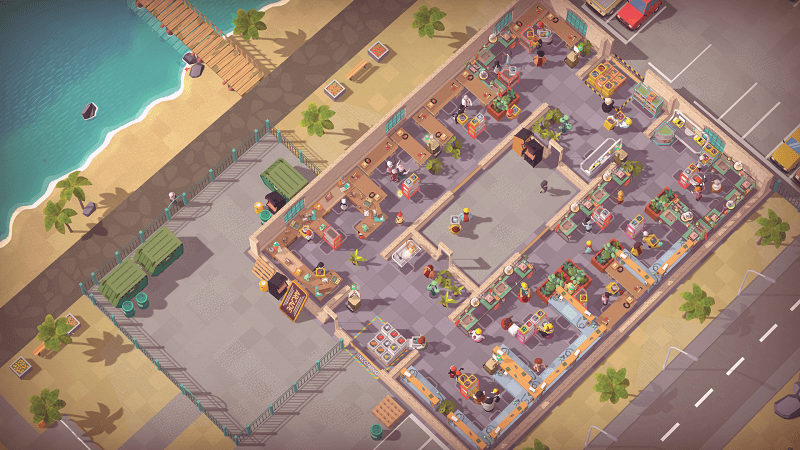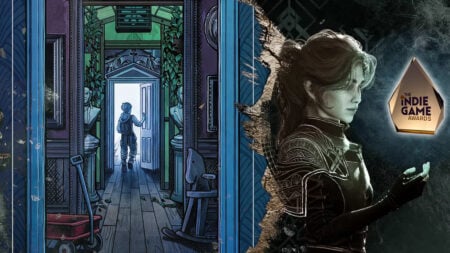Title: Good Company
Developer: Chasing Carrots
Publisher: The Irregular Corporation
Genre: Business Strategy Simulator
Available on: PC
Version Tested: PC
Official Site: Good Company
Release Date: March 31st, 2020
Where to Buy: Steam Store, GOG.com
Have you ever wanted to be the CEO of your own company, creating new and innovative products for your consumers? If you’re a business major or a fan of business simulators, chances are your answer to that question is yes. Not many games have seemed to fill that void though. There have been lots of business simulators of course, but most have been about running a city or creating new games. Few though have been about a young entrepreneur in the product development world. That’s where Good Company tries to fill that void, but does it do it justice? In its current state, only partially.
Good Company is a game all about manufacturing various electronics for consumers. This is through creating and combining different parts, then sending them off to be sold. At a base level, that’s very simple and serves the game well in not overwhelming the player. It was nice to jump in and have a rough idea of how to get from A to B. You do this through your workers, having them do all these meticulous tasks for you so you don’t have to. You can buy as many as you want, but you have to watch their wages so you aren’t overpaying.
This system works great, but there’s one fatal flaw with it. It doesn’t matter what you pay for your workers, because all of them will perform the same. This has been detailed to get fixed in the mid-term for Early Access, but it feels there should at least be a few minor tweaks based on price. Thankfully the employees in some missions all cost the same, but what’s the purpose of having it in some? The employee qualities need to either get moved to the short-term or at least be partially introduced soon because right now, it’s a considerable problem.
Another issue with the workers themselves comes in their purpose. They do a lot of work for you which on paper sounds great, but in practice doesn’t work well. You’re stuck spending a lot more time sitting there waiting for your workers to complete their tasks rather than improving your company. This is remedied thanks to sometimes having to double or even triple the amount of a product you make, but even then it doesn’t feel rewarding. You’re left at the end of the day realizing that a lot of the work was just done by your workers. This type of thing can be fixed by doing the work yourself, but then you realize that you’re doing work that your workers do much faster.
It’s incredibly frustrating because the atmosphere was well designed with a lot to love. You have some feel-good music that makes you want to jump in and invent new and exciting technologies. The art style only joins this, being a good cartoon style that never seems too cartoonish. It’s a lot more mature, and that’s great for its target audience. There’s a little bit of charm there even, with some silly animations and a little robot friend. Looking at the promotional material for Good Company, it looks like a game that could be awesome and a great addition to its genre. The moment you start to play the game though, the issues begin to become apparent.
Despite all I’ve said here, there are some redeeming qualities in the gameplay. For one, designing new products can be fun and is fresh. It takes a bit of inspiration from Tetris making you design products using components as Tetris blocks. It’s enjoyable trying to get different pieces to fit in the best possible configuration. A puzzle isn’t something I’d traditionally expect to work in a business simulator, but they got it working great here. The same comes for the way you research new tech, having you get research points from the previous tech to put into upgraded versions of it. That might not be as flashy as the Tetris idea, but it was interesting nonetheless.
To go with that, the challenge levels and Freeplay mode are pretty solid. The challenge levels do well at shaking up how you think about the game. For example, the first challenge map has you making as many modules as you can in a short time. These get upgraded as time goes on, causing you to think critically and quickly if you want to maximize profits. They may still have the issues that the regular game has, but otherwise, they’re great. The same goes for Freeplay. It’s nice having a lot of freedom to imagine up whatever you want without limitations.
They also had a great idea bringing some of Two Point Hospital‘s greatest strengths. For example, each level has three trophies that you can collect with the first one unlocking the following level. That allowed for both the average player and those wanting more to get just what they want out of the game and is good to see here. The same came from the way personalities and characters look carried over, with them being inspired. Anyone who hasn’t played Two Point likely won’t take note, but fans of that game will appreciate the subtle nod.
But these pros do not outweigh the cons. There is still some hope though, as many of the issues will be fixed once the Roadmap’s changes come through. That doesn’t excuse what’s here though, as the lack of a lot of key things makes the game feel dull the majority of the time. It’s as if the game could have used another six months before going into Early Access. I won’t go on about content since that’s something everyone expects from Early Access, but there needed to be more work on core features before it was put on the market.
As a final note, I’d like to touch on the game’s options menu. This isn’t something I normally have a lot to say on, but this options menu is incredibly barebones. There are two or three customizable settings on each tab (outside of resolutions) and that’s it. I understand this isn’t a game that needs a lot of settings, but there should be more customizations than that. Thankfully, that will likely be fixed during the Early Access period but it should’ve been at least a little better at launch.
Verdict: Good Company is a game that I truly would like to love and appreciate. Its art style, music, and charm give players a great first impression. Even the first few levels feel fun with some interesting shakeups from the usual and subtle nods to the genre’s best. As you progress further into the game though, its flaws begin to become apparent. Key features that make the genre what it is are missing, and the vast majority of the game has your bots doing the work for you. At the end of the day, players are left feeling that Good Company is less about running a company, and more about a company running itself.
[review]










